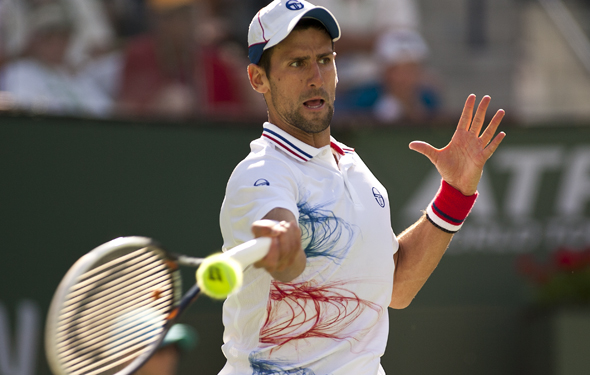
Roger Federer won’t play this year, because he suffered an injury, and there was no reason to be super healthy during the spring and summer anywa
Now the Swiss says that next year, and even another year, he could still be playing when he will be 40 years old. The 20-time Grand Slam champ said that he will go to the 2021 Tokyo Olympics.
Federer is a very smart person. Still, at times he can be irritable. In an interview with SportsPanorama, he said he isn’t sure whether he will retire, or he could continue play until he will be 50-years-old.
“Since I won the French Open in 2009, the media has been chopping on this topic. But it is already clear that I am at the end of my career,” said Federer.
“I can not say what will be in two years. That’s why I plan year after year. I’m still happy right now. But when the cogwheels don’t grip anymore, I stop. When I am old, I will definitely still play tennis. But no longer train, just ball.”
Just like Federer, 99 percent of the ATP and WTA rarely stop and think about stopping. Not everyday, as they age, but they can always go back to reflecting on a match and dream, win or lose. Just playing; that is enough.
OTHER PLAYERS
Let’s stop dissecting the No. 1-10 rankings. Instead, let us look at the No.11-20, the young players.
Four of them has a chance to win ATP 1000s, or even if they reach the finals at a Grand Slam. There are four players who are still learning, such as Andrey Rublev (22 years old), Karen Khachanov (24 years old),
Denis Shapovalov (20 years old) and Felix Auger-Aliassime (19 years old).
Rublev and Khachanov are Russians, while Shapovalov and Auger-Aliassime are Canadians.
Eventually, when the terrific veterans finally retire, and then the majors will be wide open. In January, Rublev won Adelaide. He out-hit the big swinger Auger-Aliassime. Rublev can be very aggressive, but he can also become frustrated, and disappointed. He can crack both sides. But, he has to be more tolerant, and when he does, he will be placid and be ready to win more often.
Two years ago, Khachanov won the ATP 1000 in Paris. Then it looked like he was going straight into the top 5, but he stalled. There are times when he was magnificent, and at the 2020 Australian, in the fourth round, Nick Kyrgios edged Khachanov 7-6 in the fifth set. That must have been very hard. Khachanov is tall, but he is not very quick. I would think that at home, he has to work on his legs.
Shapovalov can be passionate, when he really wants to win, to show the earth that he is an stunning player. He can be, but when he is a little bit off, then he will fall apart. He needs to push himself closer to the net.
Auger-Aliassime came out of nowhere, and in January and February, he was very bold. He reached the final of Rotterdam and Marseille. Even though he lost, he was agile. He can bang the ball, but he still have to get much better when he had to return. That is critical, to reach the top.
The three wonderful players, such as Federer, Djokovic and Nadal, really know how to return. That is why they have won so many gigantic tournaments. If the young players want to go much further, they have to impose their return games.





